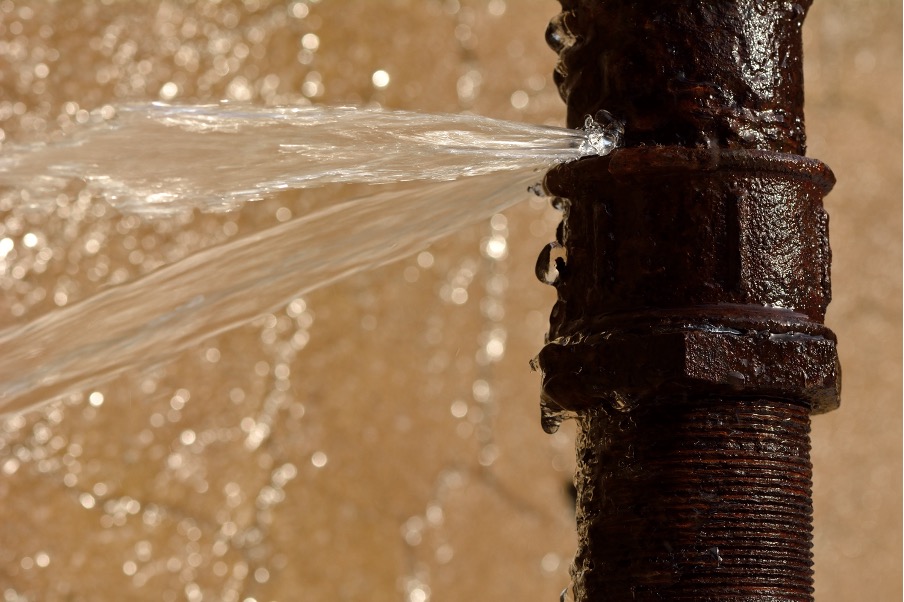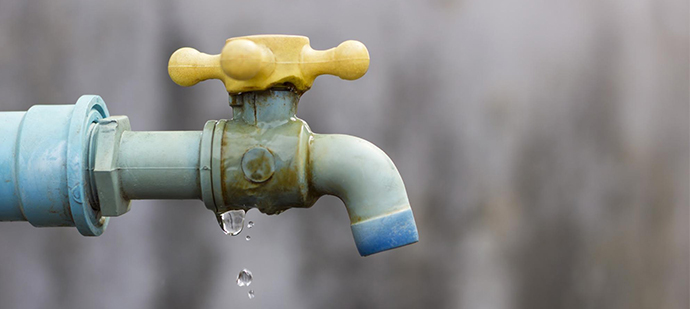How to Locate and also Repair Service Water Leaks-- A Comprehensive Guide
How to Locate and also Repair Service Water Leaks-- A Comprehensive Guide
Blog Article
We have unearthed this post involving Locating water leaks listed below on the internet and believe it made sense to talk about it with you on this page.

Early discovery of leaking water lines can alleviate a potential calamity. Some tiny water leaks might not be noticeable.
1. Analyze the Water Meter
Every residence has a water meter. Checking it is a guaranteed manner in which aids you discover leaks. For beginners, turn off all the water sources. Make certain no one will certainly purge, make use of the tap, shower, run the cleaning machine or dishwasher. From there, go to the meter and watch if it will certainly transform. Given that no person is utilizing it, there must be no motions. That indicates a fast-moving leakage if it relocates. Also, if you discover no changes, wait an hour or more as well as check back once more. This means you may have a slow leakage that might also be below ground.
2. Check Water Consumption
Examine your water bills as well as track your water consumption. As the one paying it, you ought to observe if there are any kind of inconsistencies. If you find sudden changes, in spite of your intake being the same, it implies that you have leaks in your plumbing system. Keep in mind, your water expense ought to fall under the very same array monthly. An unexpected spike in your costs shows a fast-moving leak.
A constant boost every month, also with the exact same behaviors, shows you have a slow-moving leakage that's also gradually escalating. Call a plumber to completely examine your property, particularly if you really feel a warm area on your flooring with piping below.
3. Do a Food Coloring Examination
When it pertains to water intake, 30% comes from commodes. Examination to see if they are running properly. Drop specks of food color in the tank and wait 10 mins. There's a leakage in between the container as well as bowl if the color somehow infiltrates your bowl during that time without flushing.
4. Asses Outside Lines
Don't neglect to inspect your outdoor water lines too. Examination faucets by affixing a garden hose. Must water permeate out of the connection, you have a loose rubber gasket. Replace this and also make sure all links are tight. If you've got a lawn sprinkler, it will assist get it expertly examined and maintained each year. One tiny leak can throw away lots of water and also surge your water expense.
5. Examine and Examine the Circumstance
Homeowners ought to make it a behavior to examine under the sink counters and even inside closets for any kind of bad odor or mold growth. These two red flags show a leak so timely interest is called for. Doing routine assessments, even bi-annually, can save you from a major issue.
Inspect for stainings and deteriorating as the majority of pipes as well as home appliances have a life expectancy. If you think dripping water lines in your plumbing system, do not wait for it to rise.
Early discovery of dripping water lines can mitigate a potential catastrophe. Some little water leakages might not be noticeable. Inspecting it is a proven way that assists you uncover leakages. One little leak can lose loads of water as well as surge your water expense.
If you think dripping water lines in your plumbing system, do not wait for it to rise.
How to Know If Your Home Has a Hidden Leak
Water Meter Reveals Inexplicable Water Usage
If you’d like to test whether or not there’s a leak somewhere in your home, you can do this using your water meter. Here is how to conduct the test:
Don’t use any water in your home for at least 30 minutes; this also means not turning on faucets or water-using appliances.
Go outside, and check your water meter for activity.
If your water meter shows that there was activity, even though no one was using any water, this proves that there is a leak in your home.Visible Mold or Mildew Growth
Leaks behind walls create moist, dark environments that allow mold and mildew to grow and thrive. Eventually, you might see mold growth forming on the wall closest to a hidden leak.
If mold is growing in an area that receives a high amount of moisture, such as a bathroom, it may simply be an indication that better ventilation is needed. However, if you see mold growth on a wall or the ceiling in an area where you would not expect, you probably have a hidden leak.
Musty, Mildew Odor
Sometimes you might not be able to see the mold or mildew that is growing as a result of a leak. However, the smell can give the problem away just as easily. If you catch a whiff of something musty, there’s a good chance that old water is collecting somewhere in your home that you can’t see.
Stained/Warped Walls, Ceilings, or Floors
When your home soaks up water, a variety of red flags can become visible, including ceiling stains, bubbling drywall, warped walls, and sagging floors. While these issues can be caused by excess humidity, they can also be signs that a pipe or plumbing connection has started leaking behind your walls.
Inexplicably High Water Bill
After a while, you get a general sense for what your water bill should be. If you own a pool or sprinkler system, your bill will tend to be higher during summer. However, if you receive a water bill that seems especially high, and you can’t figure out what caused it, then you may have a hidden leak somewhere that’s increasing your bill.
https://www.plumbingjoint.com/blog/2019/july/how-to-know-if-your-home-has-a-hidden-leak/

I was brought to that article on Detecting hidden plumbing leaks through someone on our other web page. Enjoyed our piece of writing? Please share it. Let another person find it. Thanks for going through it.
Report this page